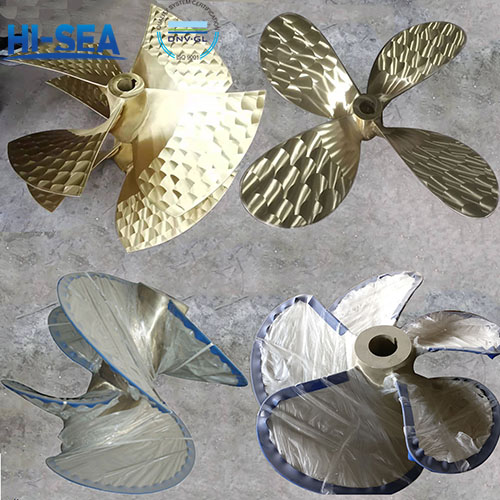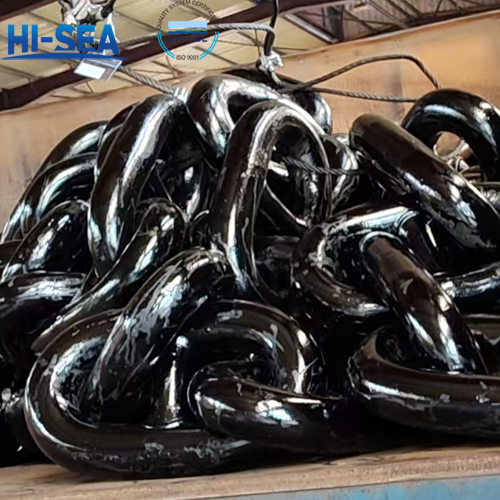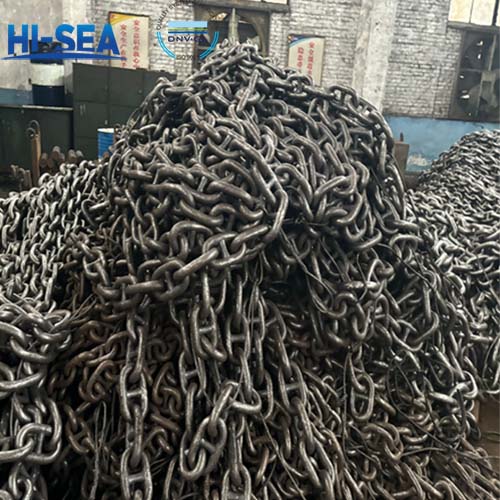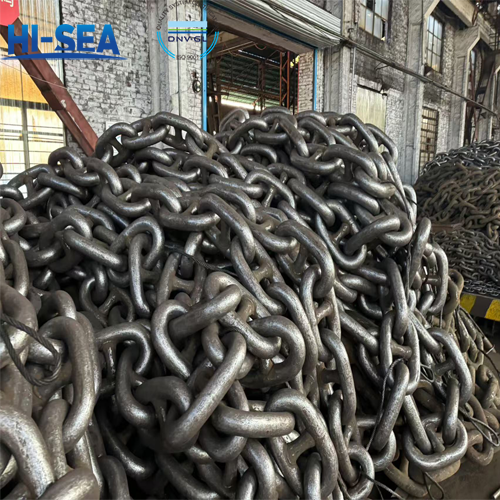
Types of marine propellers
Marine propellers can be divided into three types based on diameter: large propellers, medium propellers, and small propellers.
On the basis of ordinary propellers, in order to improve performance, better adapt to various navigation conditions, and fully utilize the power of the main engine, the following special propellers have been developed: adjustable pitch propellers, ducted propellers, tandem propellers, counter rotating propellers, etc
Overview
1. Marine propellers can be divided into three types based on diameter: large propellers, medium propellers, and small propellers.
Large propeller: D>3500mm
Medium propeller: 1500mm ≤ D ≤ 3500mm
Small propeller: D < 1500mm
2. On the basis of ordinary propellers, in order to improve performance, better adapt to various navigation conditions, and fully utilize the power of the main engine, the following special propellers have been developed.
Controllable pitch propeller
Abbreviated as pitch control propeller, it can adjust the pitch as needed to fully utilize the power of the main engine; Improve propulsion efficiency by allowing the ship to reverse without changing the direction of the main engine rotation. The pitch is adjusted by mechanically or hydraulically manipulating the mechanism in the hub to rotate each blade. Adjustable pitch propellers have good adaptability to changes in blade load and are widely used in tugboats and fishing boats. For general transport vessels, the ship engine propeller can be in good matching condition. However, the hub diameter of a pitch controlled propeller is much larger than that of a regular propeller, and the cross-section of the blade root is thick and narrow. Under normal operating conditions, its efficiency is lower than that of a regular propeller, and it is expensive and complex to maintain.
Ducted propeller
A circular duct with a wing shaped cross-section is added to the outer edge of a regular propeller. This catheter is also known as the Coriolis catheter. The fixed conduit that is fixedly connected to the hull is called a fixed conduit, and the conduit that is connected to the rotating rudder stock and also serves as a rudder blade is called a rotatable conduit. Ducts can improve the propulsion efficiency of propellers because of the high flow velocity and low pressure inside the ducts, and the pressure difference between the inside and outside of the ducts creates additional thrust on the pipe walls; The gap between the duct and propeller blades is very small, which limits the flow loss around the blade tip; The duct can reduce the contraction of the wake behind the propeller, resulting in a decrease in energy loss. However, the reverse performance of ducted propellers is poor. The fixed ducted propeller increases the turning diameter of the ship, and the transducing tube can improve the ship's turning performance. Duct propellers are commonly used for pushing ships.
Serial propeller
Install two or three ordinary propellers on the same shaft and rotate them at the same speed and direction. When the diameter of the propeller is limited, it can increase the blade area, absorb greater power, and be beneficial for vibration reduction or avoiding air bubbles. Tandem propellers have a large weight and a long shaft extension, which increases the difficulty of layout and installation, and are less commonly used.
Contra rotating propeller
Install two ordinary propellers, one in front and one behind, on concentric inner and outer shafts, rotating in opposite directions at a constant speed. Due to its ability to reduce wake rotation losses, the efficiency is slightly higher than that of a single propeller, but its shaft system structure is complex and has not yet been applied on large ships Straight blade thruster: composed of 4-8 vertical blades. The upper part of the straight blade thruster is disc-shaped, and the blades are evenly installed along the circumference of the disc. The bottom of the disc is flush with the hull plate. When the disc rotates, the blades not only rotate around the main axis, but also swing around their own vertical axis, generating thrust in different directions. Therefore, the ship can rotate in place without the need for rudder steering, and the main engine steering does not need to be changed when the ship reverses. However, due to the complexity of the structure, high cost, and easy damage to the propeller blades, it is only used on a few port ships or ships with special requirements for maneuverability.
For more marine propeller information, kindly please click here.





